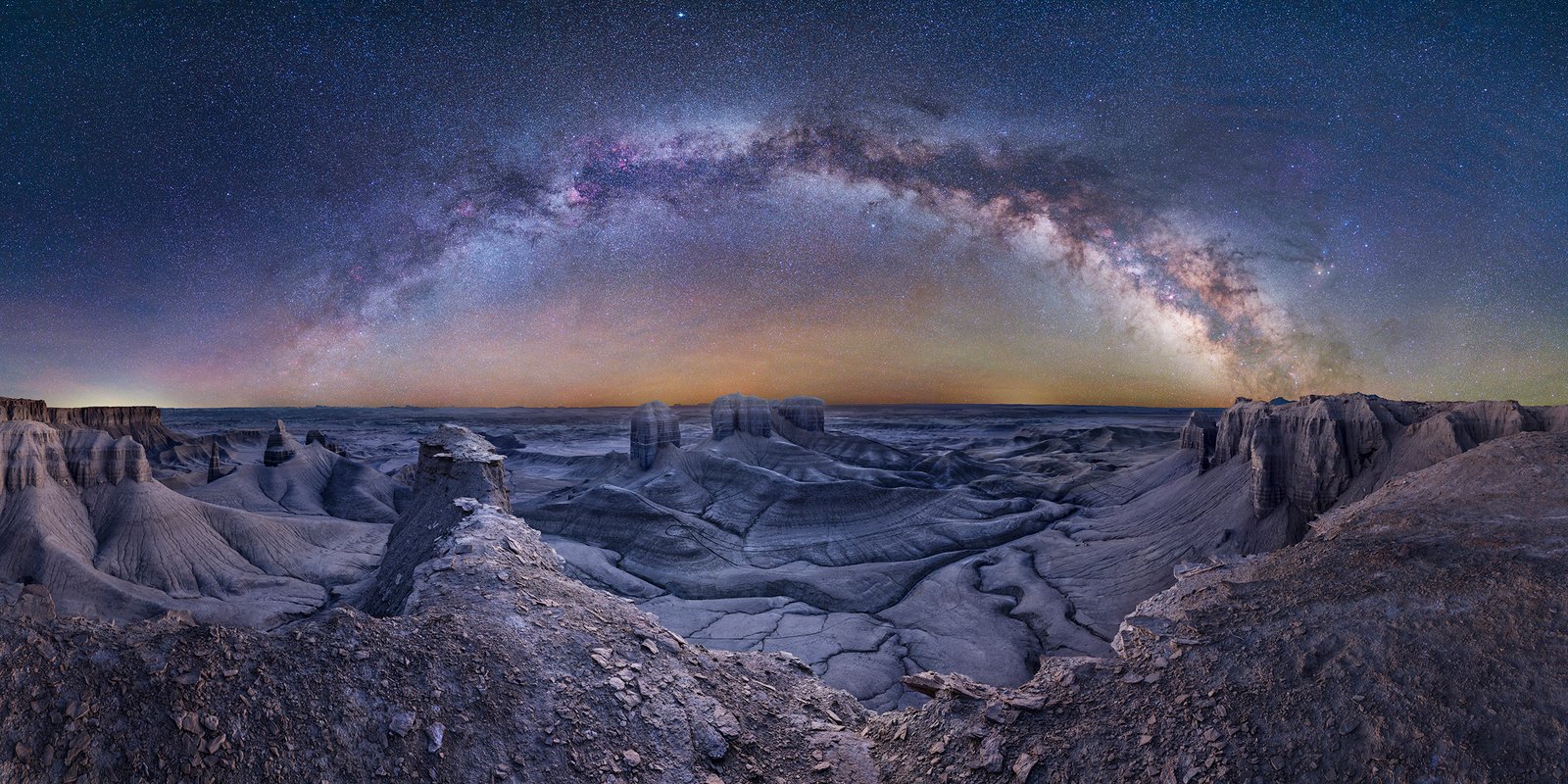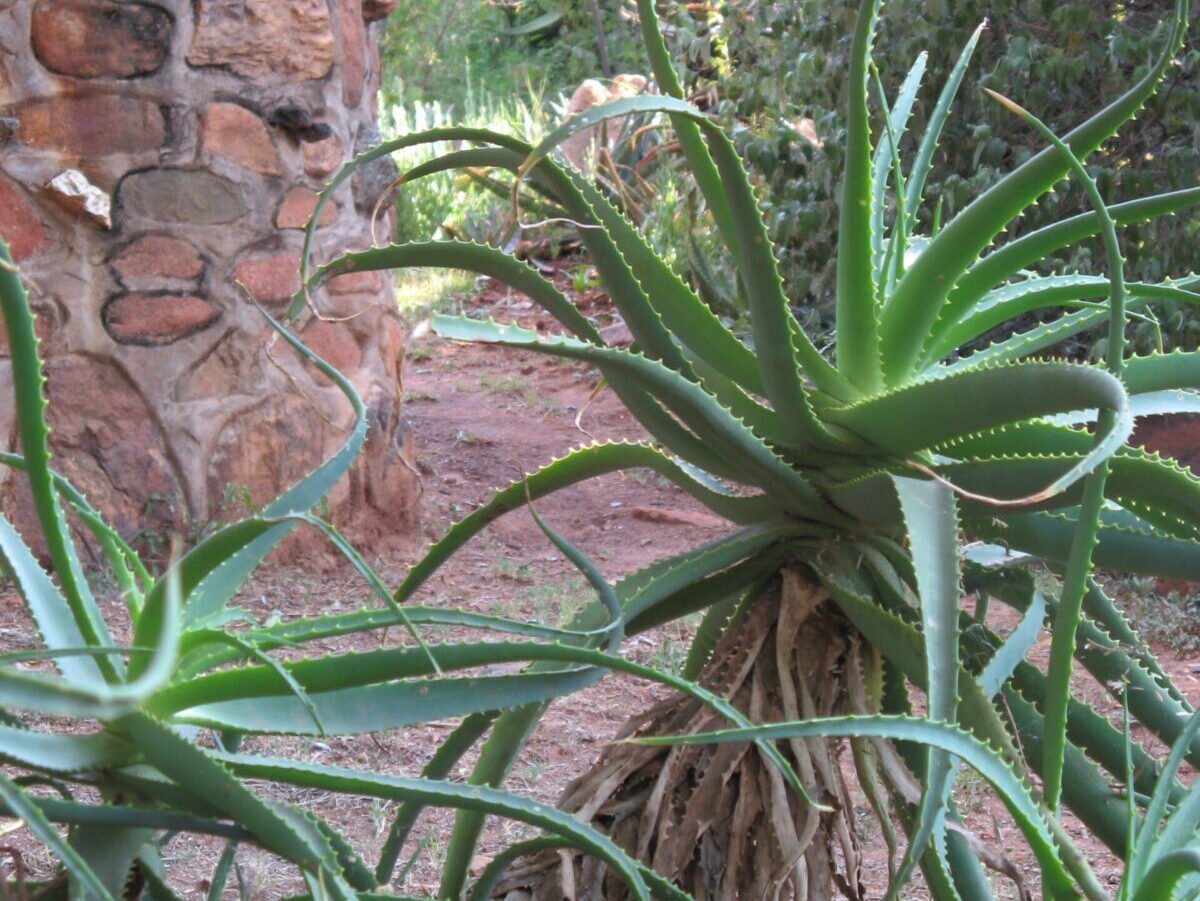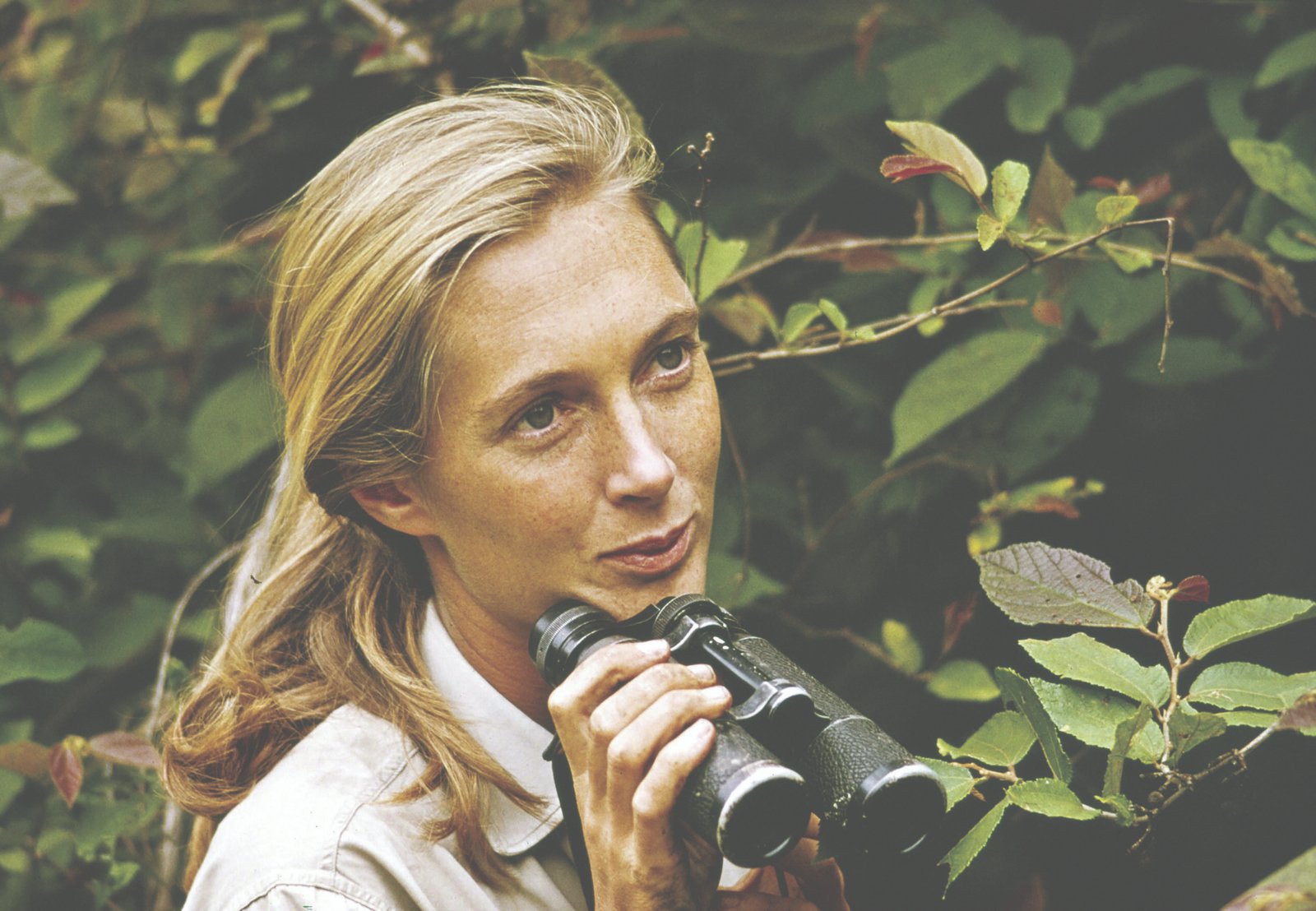Explore the 2025 shortlist of space photography, unveiled by the Royal Observatory Greenwich.
Now in its 17th year, the competition welcomes entries from all and continues to attract some of the best work from astrophotographers around the globe. This year saw a record-breaking number of submissions, with over 5800 photographs entered from 68 countries. An expert panel of judges will review the entries, select the best from each category, and decide on the overall winners. The winners and runners-up will be revealed during an online awards ceremony on 11 September. The winners and a selection of shortlisted images will then be displayed at the National Maritime Museum’s photography gallery space.
Here’s a selection of shortlisted photographs that capture the wonder and mystery of the universe, and gently remind us of our place within it.
Featured above: Jim Hildreth’s panoramic Into the Past, shortlisted in the Skyscapes category, was shot on 11 April 2024 from Moonscape Overlook in Utah, USA. Measuring 23,000 pixels wide, the photograph shows a desolate, lunar-like landscape beneath the ethereal glow of the Milky Way. The ridgeline in the foreground echoes the arc of the Milky Way above, creating a beautifully balanced composition.
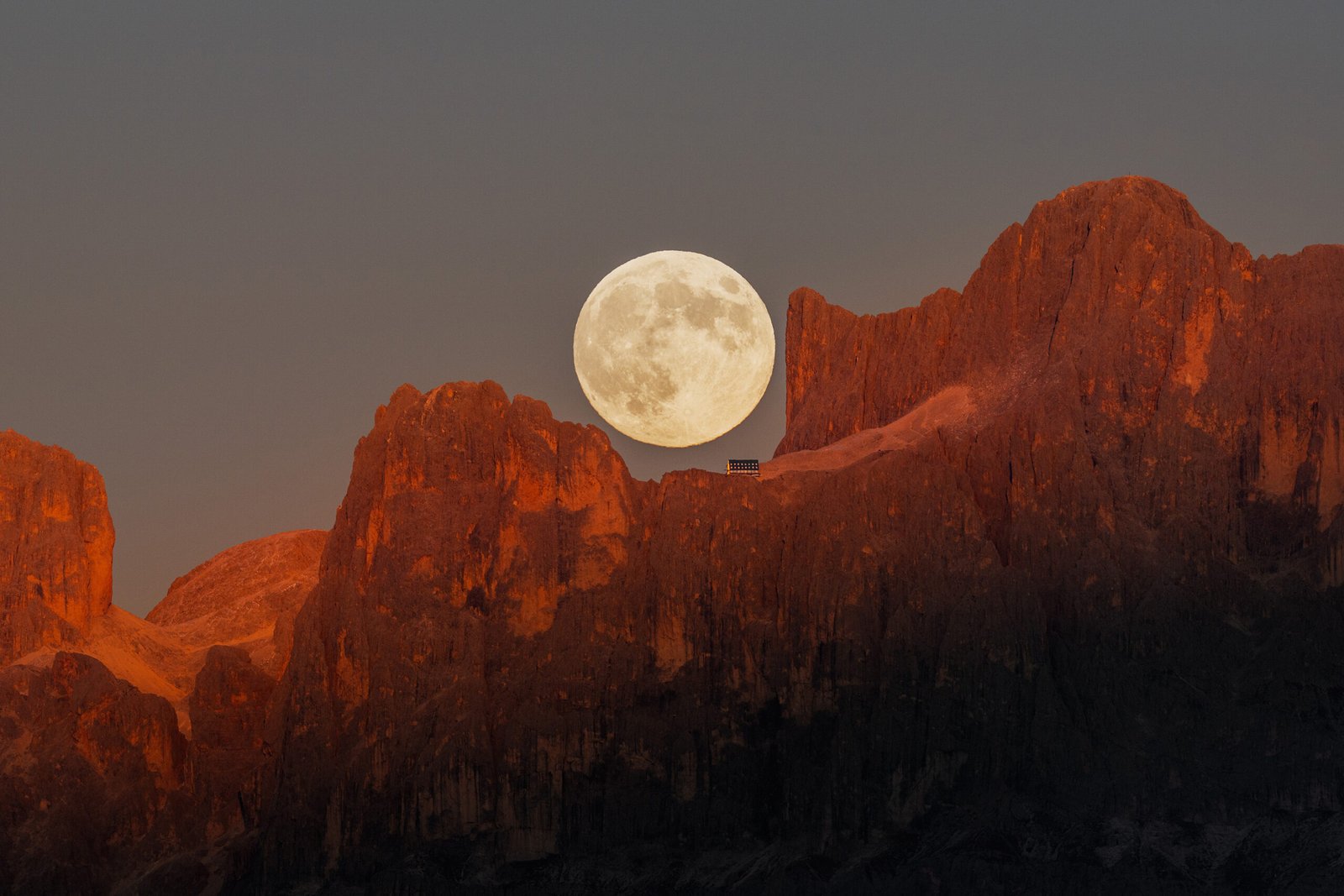
Another shortlisted in the Skyscapes category, Fabian Dalpiaz’s Moonrise Perfection Over the Dolomites was taken in South Tyrol, Italy, on 15 November 2024. It features the full moon rising over the rugged peaks of the Dolomites in perfectly clear conditions. The luminous moon and last light of the day on the mountain tops create a sense of ethereal harmony.
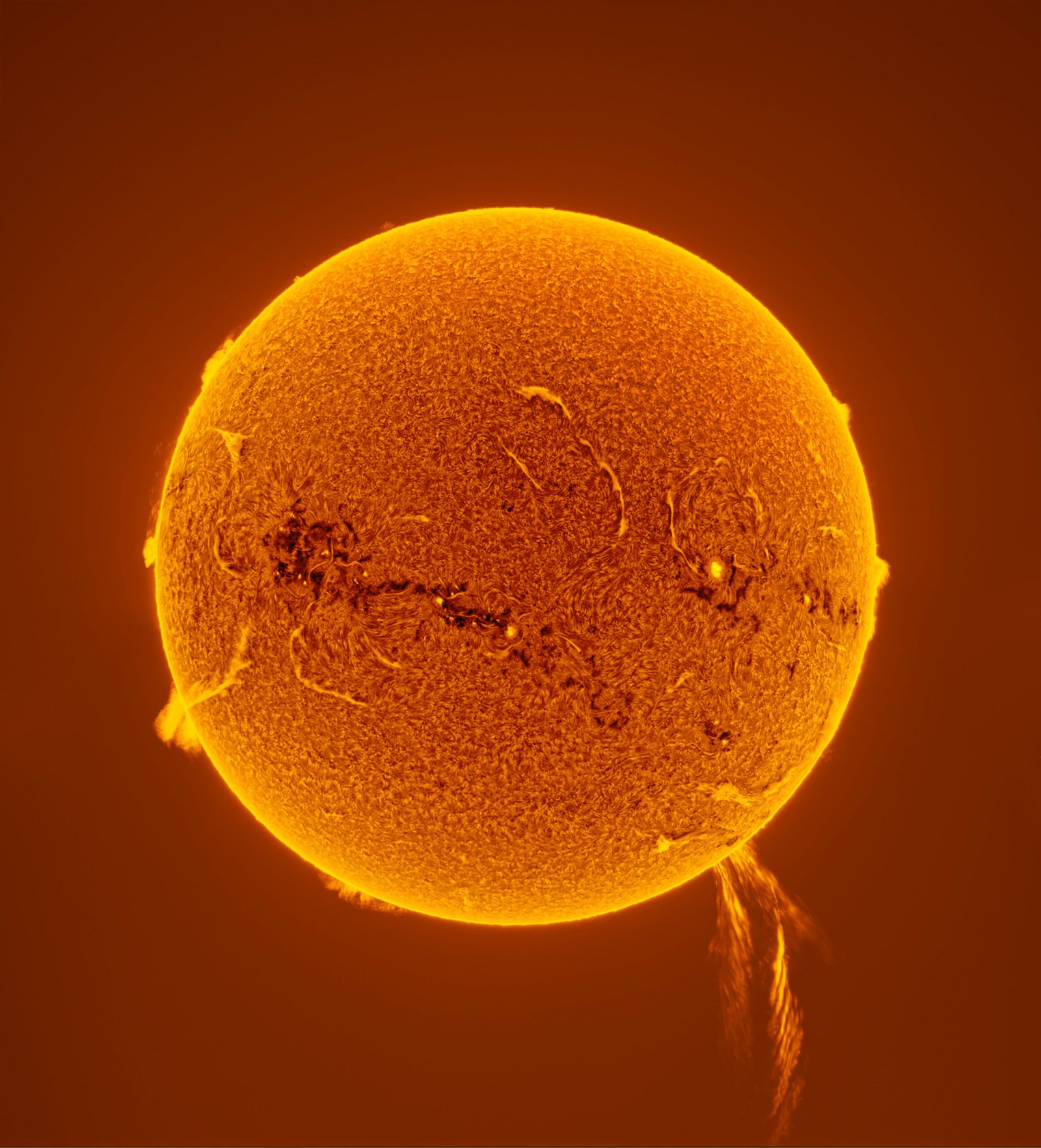
PengFei Chou’s incredibly detailed image 500,000-km Solar Prominence Eruption, shortlisted in the Our Sun category, was captured in Guangdong Province, China, on 7 November 2024. On that day, over the course of about an hour, the Sun experienced a massive solar eruption stretching more than 500,000 km.
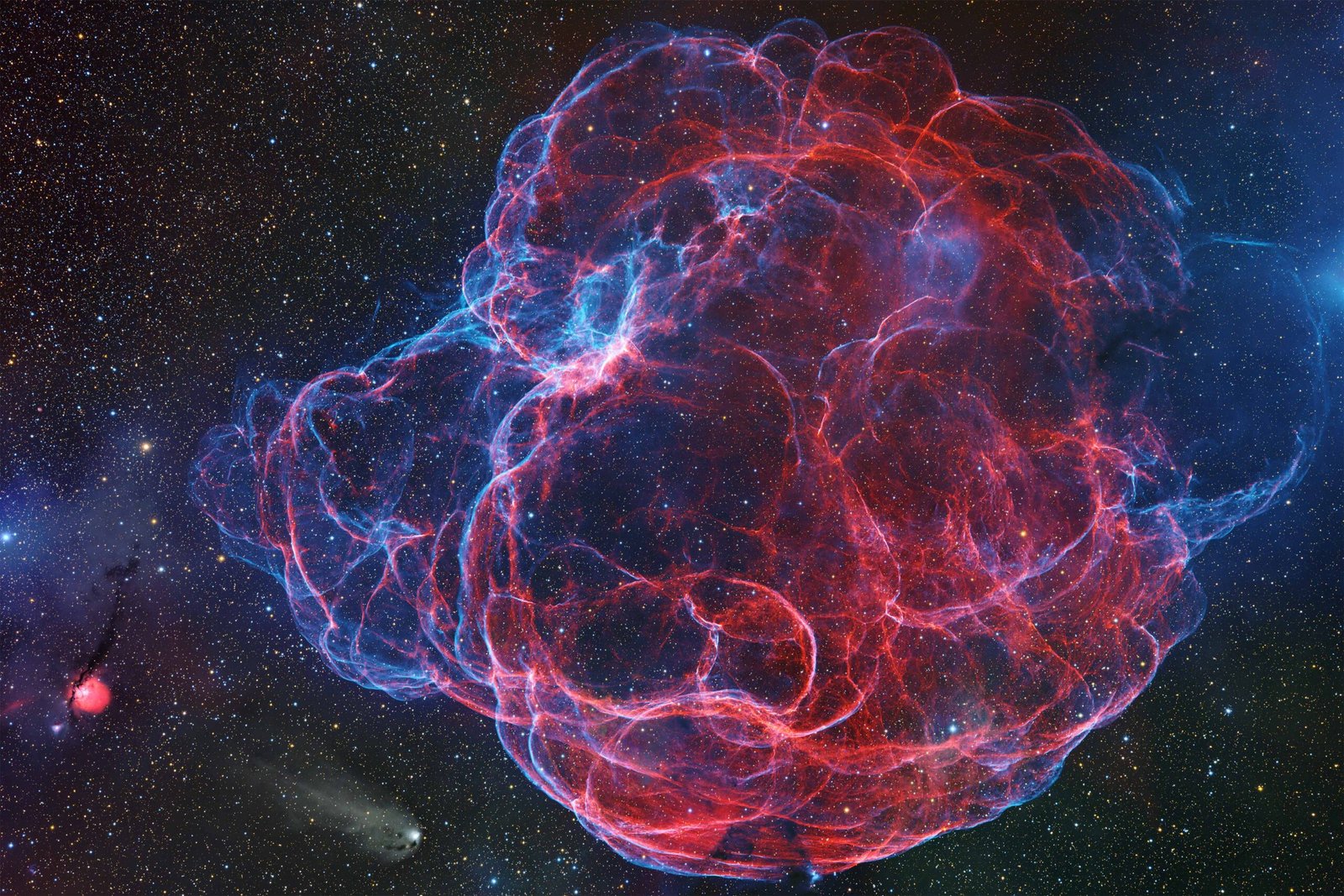
Shaoyu Zhang’s Electric Threads of the Lightning Spaghetti Nebula, captured at the Deep Sky Chile Observatory in China’s Garzê Tibetan Autonomous Prefecture, was shortlisted in the Stars & Nebulae category. The image was created using data collected on 21, 24, and 25 December 2024; 3–5, 15, 16, and 19–31 January; and 1–6 and 10–19 February 2025.
A nebula is a huge cloud of gas and dust in space. Some nebulae are where stars are born, while others are the remains of stars that have died. A supernova is an immensely powerful explosion that marks the end of a star’s life. It’s one of the most dramatic events in the universe and can briefly shine brighter than an entire galaxy. The expanding cloud of gas and dust left behind is called a supernova remnant.
The Spaghetti Nebula is one such supernova remnant, located about 3,000 light-years from Earth. It formed when a star exploded around 40,000 years ago. It’s very faint and can’t be seen with the naked eye.
Zhang’s image reveals the delicate filaments of the nebula, which are hidden behind a thick cloud of dust that dims the light they emit. Capturing it required extraordinary patience and dedication.
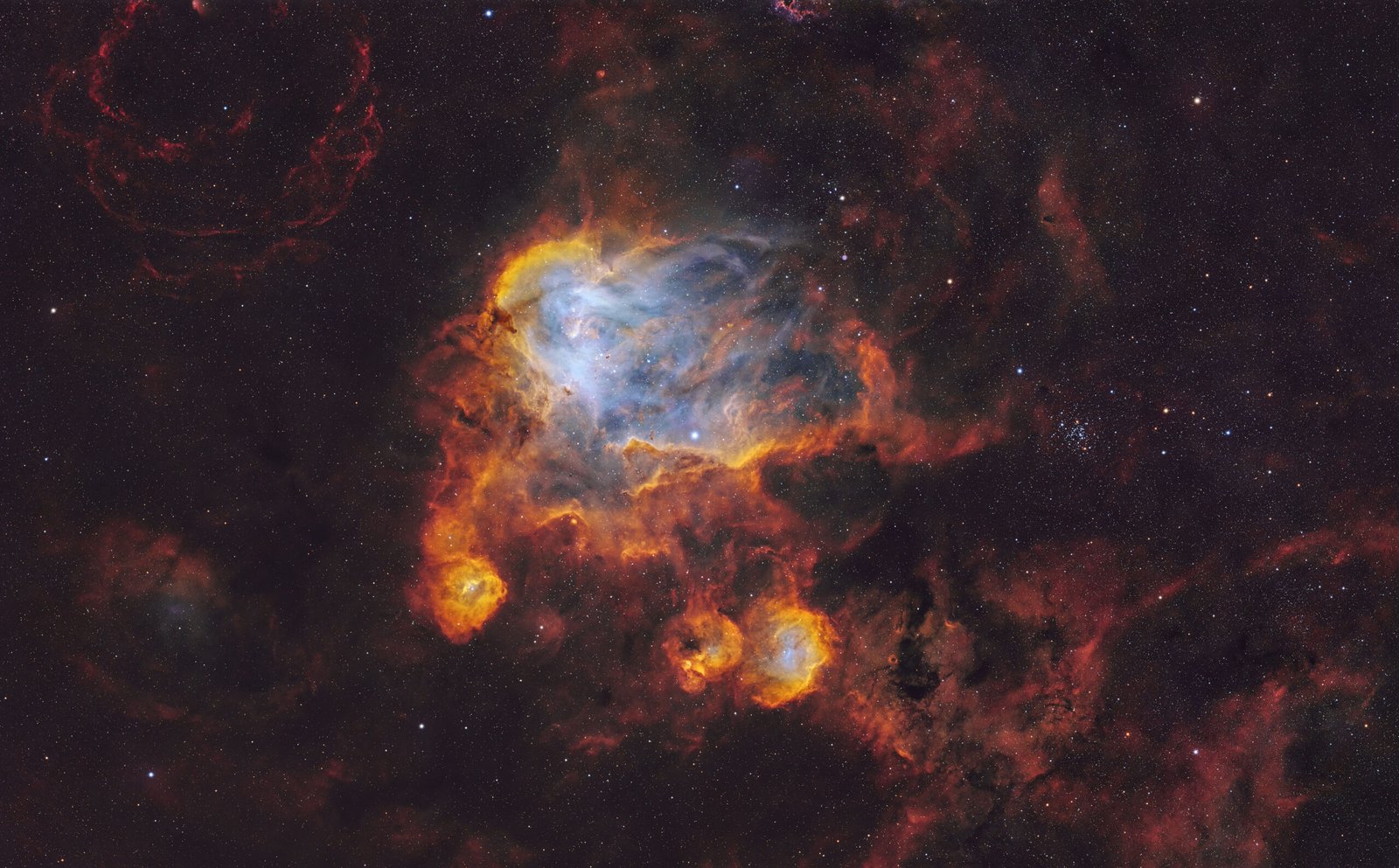
Another in the Stars & Nebulae category, Radiant Canopy: The Lustrous Realms of the Running Chicken Nebula was produced over 29 and 30 March and 2, 3, 8–15 April 2024 by Rod Prazeres in Queensland, Australia. The Running Chicken Nebula gets its quirky name from the shape of its brightest area, which some say looks like a chicken in motion.
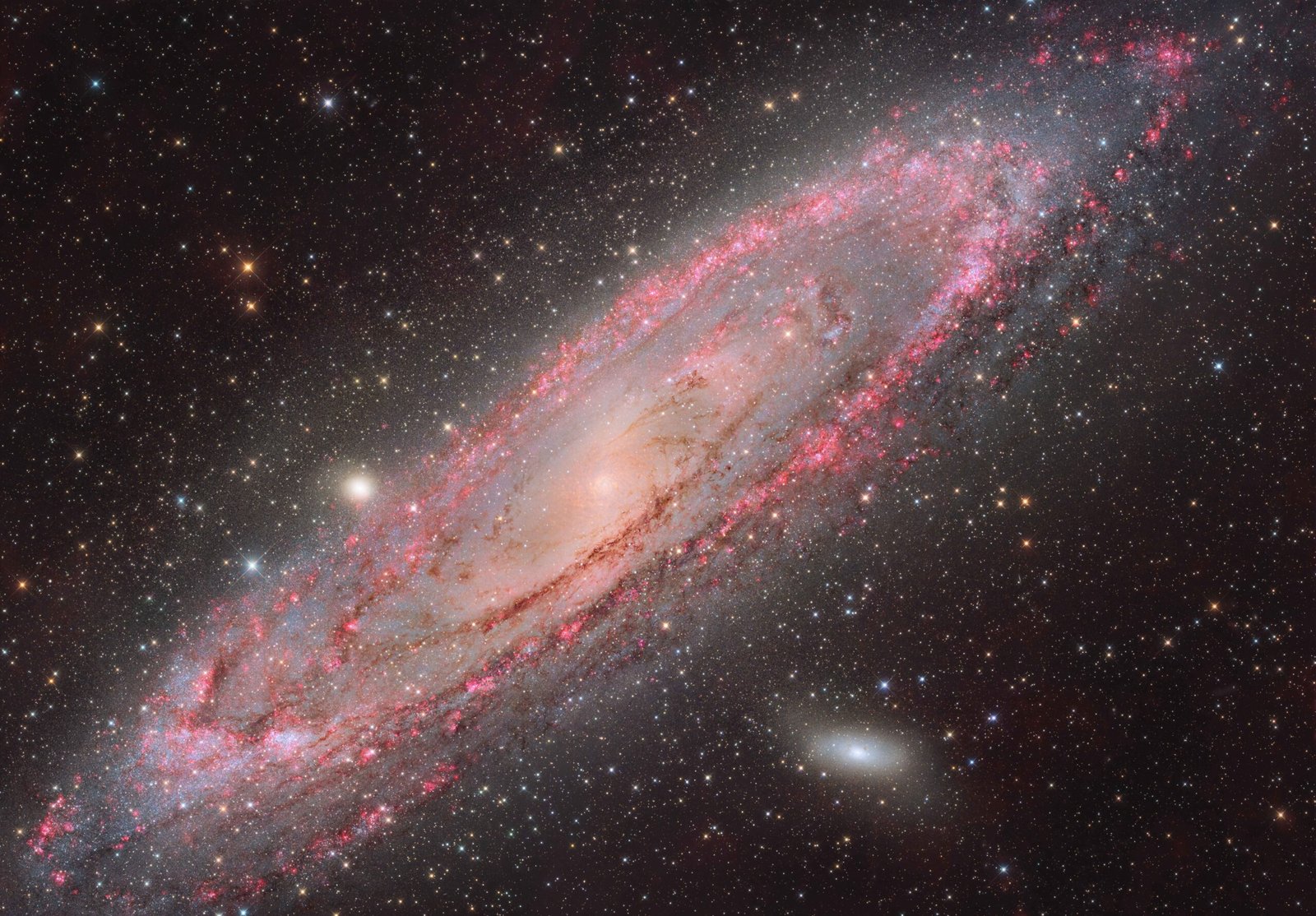
Chuhong Yu, Jingyao Hong, Xi Zhu, and Yaguang Wan created The Eight-Panel Mosaic of M31: Stars, Nebulae and Central Bulge in Garzê Tibetan Autonomous Prefecture in Sichuan, China, over 30–31 October; 1–6, 20–30 November; and 1–10 and 20–31 December 2024. Shortlisted in the Galaxies category, this incredibly detailed image of the Andromeda Galaxy (M31), the Milky Way’s nearest galactic neighbour, captures the brilliance of countless stars, emission nebulae, and its luminous central core.

The ZWO Young Astronomy Photographer of the Year category welcomes entries from budding astronomers under the age of 16. Louis Egan’s submission, the 22-megapixel panoramic Total Solar Eclipse, was taken in Quebec, Canada, and captures the different stages of the event on 8 April 2024. A solar eclipse happens when the Moon passes between Earth and the Sun, temporarily blocking the Sun’s light. The Great North American Eclipse of 8 April 2024 could be seen across a wide band stretching through parts of Mexico, the United States, and Canada.
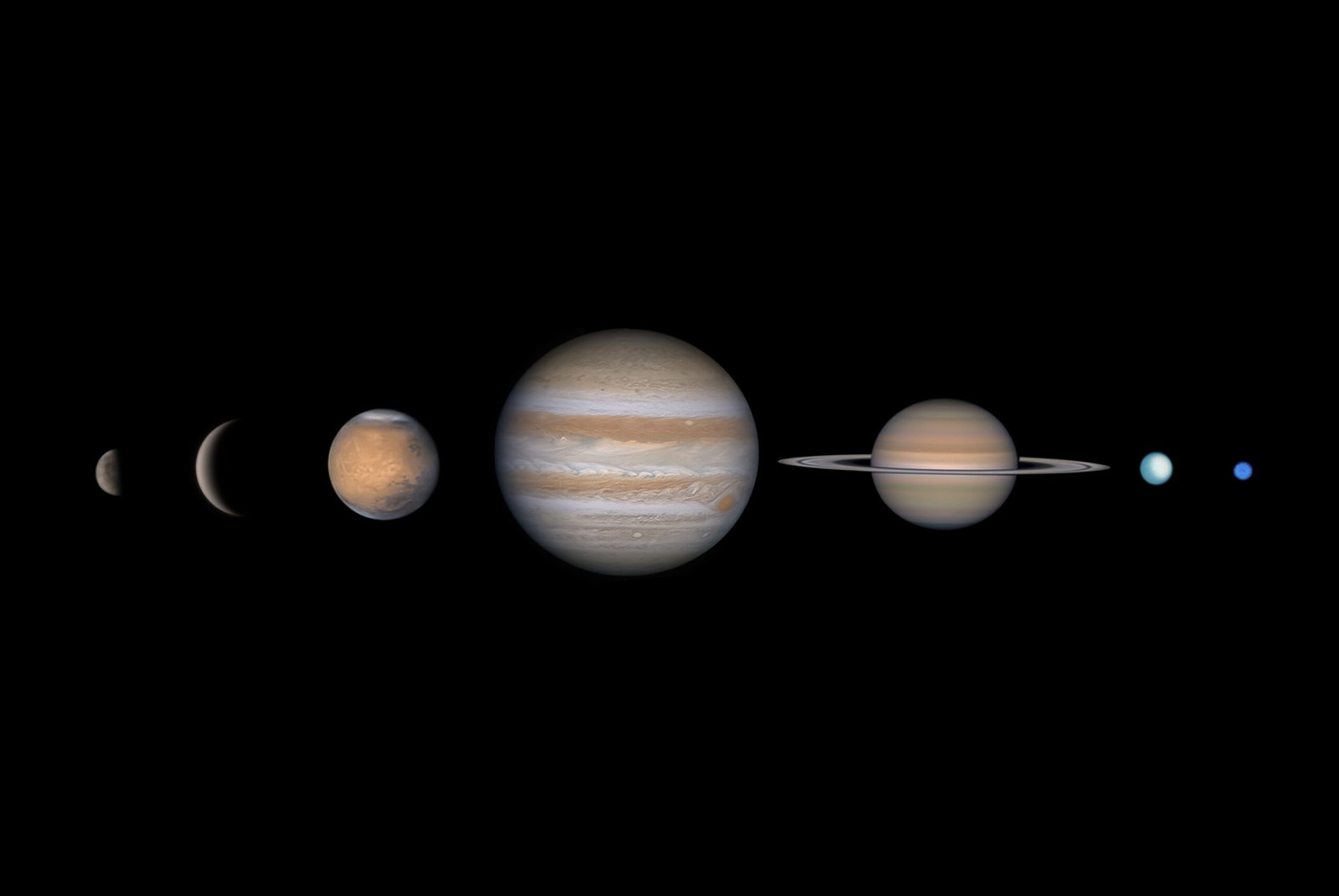
Sophie Paulin’s Solar System Portrait, captured from Bavaria, Germany, was shortlisted in the Planets, Comets & Asteroids category. The image was created using data collected on 11 September 2023; 7 September; 29 August; and 28 December 2024. This striking composition features every planet in the Solar System family except for Earth, allowing us a glimpse of the unique characteristics of each.
Nearest to the Sun, Mercury is barren and cratered. Venus, covered in thick clouds, orbits between Mercury and Earth. Beyond Earth in orbital order is the Red Planet, Mars, with vast deserts and the tallest volcano in the Solar System. Next are Jupiter and Saturn, the massive gas giants with their swirling storms. It is primarily the methane-rich atmospheres of Uranus and the final planet, Neptune—the ice giants—that give them their bluish appearance.

Karthik Easvur’s The Last Mineral Supermoon of 2024, in the Our Moon category, was taken in Delhi, India on 15 November 2024. Known as
the Beaver Moon—named in Native American and colonial-era lore for the time when beavers were actively preparing for winter and trappers set their final traps before swamps froze—it was the final supermoon of 2024.
A supermoon appears slightly larger and brighter than usual due to its closer proximity to Earth.
